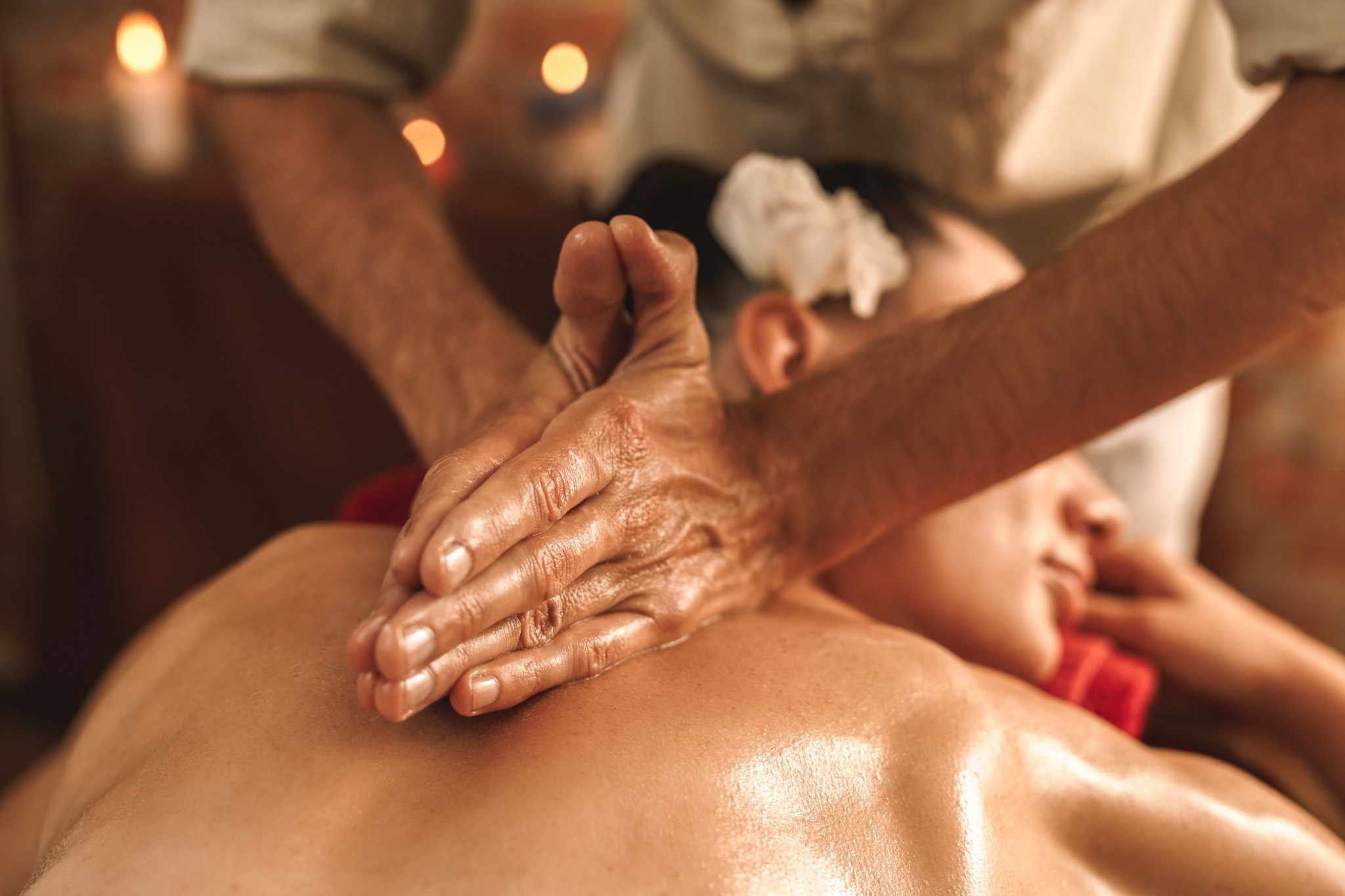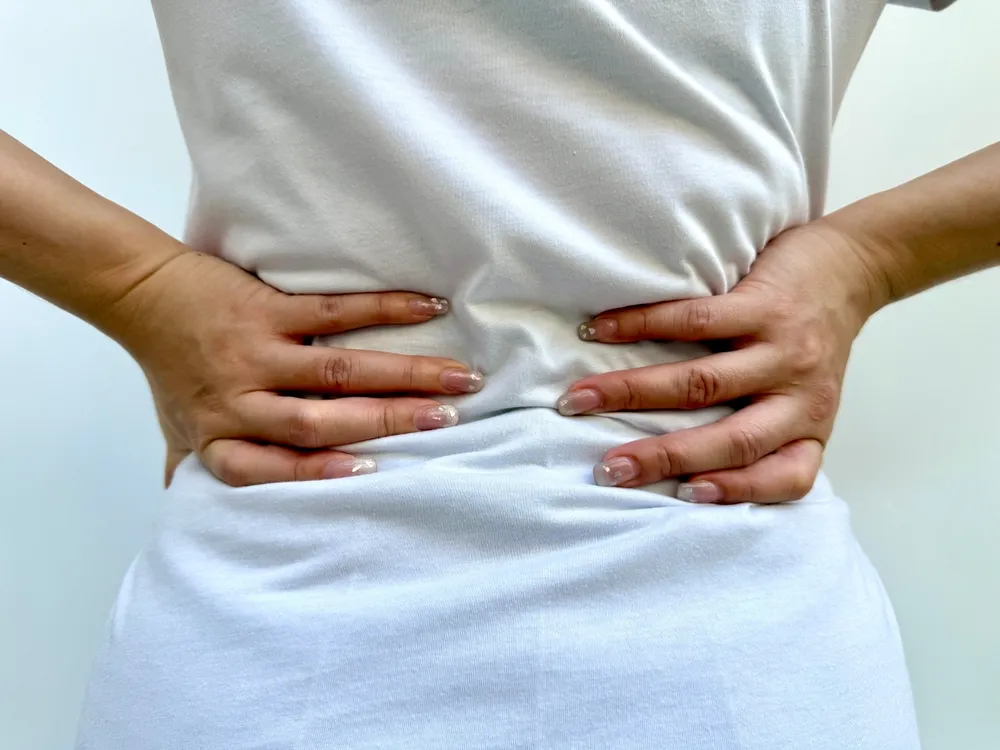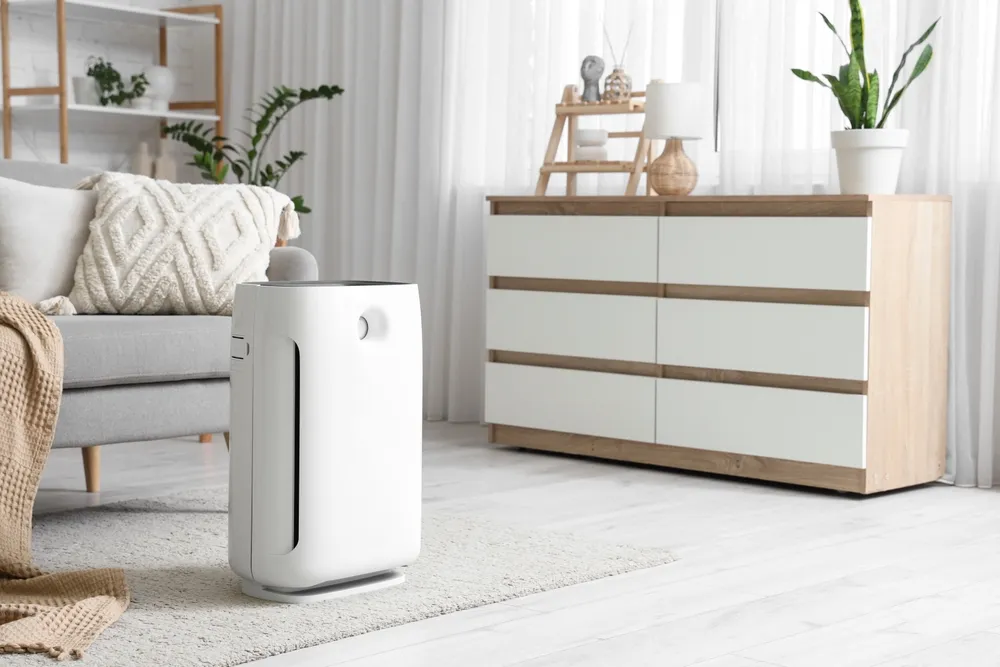Feeling like life’s demands are pulling you in all directions? In today’s fast-paced world, finding time for self-care can feel like a luxury. Yet, there’s an ancient Ayurvedic practice known as Abhyanga massage that may help restore balance and tranquillity.
This traditional Indian massage technique combines mindful movements and massage with warm oil to promote wellness, improve sleep, and rejuvenate both the body and mind.
In this guide, we’ll explore everything you need to know about Abhyanga, from its historical roots and health benefits to how you can practise it in your own home.
What is Abhyanga? Uncovering the Art of abhyanga massage
Abhyanga is more than just a massage; it’s a ritual that holds spiritual significance in Ayurveda, India’s ancient health system. Derived from the Sanskrit terms abhi (towards) and anga (movement), Abhyanga translates to “moving towards oneself” or “loving oneself.”
It’s a nurturing, grounding practice in which massage with warm oil is applied to the skin in long, soothing strokes, bringing a sense of harmony and peace.
Also known as snehana (meaning “nourishment”), Abhyanga goes beyond simple relaxation. It’s a means of self-care that honours the body, supporting not only physical health but also emotional well-being. Through the use of oiling ayurveda, Abhyanga encourages the absorption of nourishing oils, while gentle strokes relieve daily stress and tension.
Practiced widely in India as part of daily routines, Abhyanga is cherished for its healing benefits and ability to help people reconnect with themselves.
A Brief History of Abhyanga: Rooted in Ayurveda’s Ancient Wisdom
Unlike modern wellness trends, Abhyanga is steeped in tradition, with origins tracing back over 5,000 years. Abhyanga is a cornerstone of ayurvedic massage, which focuses on restoring balance within the body and mind through a variety of holistic practices, including diet, yoga, meditation, and massage. According to Ayurveda, achieving harmony within these areas is key to overall health and vitality.
Historically, Abhyanga was used as part of dinacharya (daily practices) and panchakarma (detoxification treatments) to help individuals connect with themselves. It’s believed that the practice serves to improve one’s connection with the physical body, promoting grounding and stability.
With its rich heritage, Abhyanga remains a cherished wellness ritual in many Indian households today, representing Ayurveda’s timeless pursuit of inner balance.
The Benefits of Abhyanga: Wellness for Body and Mind
Abhyanga is a unique therapy because it brings together two essential elements of self-care: the soothing touch of massage and the nourishing power of oil. By focusing on the skin, the body’s largest organ, Abhyanga seeks to strengthen the body’s first line of defence, which aids in removing toxins and bolstering immunity.
Below are some of the key benefits of Abhyanga that make it a valuable addition to any wellness routine:
1. Reduces Stress and Anxiety
Massage is widely known for its stress-relieving properties, and Abhyanga full body massage is no exception. The gentle, rhythmic strokes in traditional Indian massage techniques can evoke a deep sense of calm and well-being.
According to Ayurvedic expert Katie Silcox, Abhyanga offers similar benefits to the skin-to-skin contact often given to infants, creating a feeling of safety and nurturing.
This sense of care and connection can reduce stress hormones in the body, encouraging relaxation. Some studies even indicate that massage with warm oil may lower cortisol levels and improve feelings of happiness and peace.
While further research is needed to confirm the specific benefits of Abhyanga, its potential to alleviate stress is well-supported by traditional Ayurvedic teachings.
2. Improves Circulation and Cardiovascular Health
Abhyanga is a massage technique that naturally stimulates blood flow. While scientific studies on Abhyanga are limited, research into massage therapy in general shows positive effects on circulation, such as reduced blood pressure and improved heart rate.
By stimulating circulation, Abhyanga may support better blood flow, delivering oxygen and nutrients to cells throughout the body.
Additionally, improved circulation can improve cardiovascular health, as the rhythmic strokes associated with Abhyanga encourage the heart to work efficiently. Abhyanga may be a valuable practice for individuals seeking a holistic approach to cardiovascular wellness.
3. Promotes Quality Sleep
For those who struggle with sleep issues, Abhyanga could be a gentle solution. Ayurvedic practitioners often recommend Abhyanga as a pre-sleep ritual, as it helps relax the body and mind. Massage therapy has been widely shown to support sleep quality, especially for people with insomnia or chronic pain.
Incorporating ayurvedic massage oil into your nightly routine may reduce restlessness and create a calming effect. This soothing self-care ritual could be just what you need to unwind after a long day, preparing you for a restful and rejuvenating sleep.
4. Nourishes the Skin and Hair
Using ayurvedic massage oil in Abhyanga helps nourish and hydrate the skin, making it feel soft, elastic, and youthful. The oils used in Abhyanga are carefully chosen to match an individual’s dosha (body type), allowing for a tailored experience that suits one’s unique needs.
In addition to its skin benefits, Abhyanga can promote scalp and hair health. Scalp massage with oils may reduce dandruff, stimulate hair growth, and improve overall scalp condition. Regular practice can help the skin retain moisture, promoting a healthy, radiant complexion.
Safety Considerations for Abhyanga Massage
While Abhyanga is a low-risk practice known for its benefits in pain relief, certain health conditions may require caution. People with osteoporosis, varicose veins, or sensitive skin may want to avoid Abhyanga or consult a healthcare professional first. Individuals with heart conditions or cancer should seek medical advice before practising massage with warm oil.
Done thoughtfully, Abhyanga can be a safe and effective self-care practice that fits into a balanced wellness routine. If you’re unsure whether Abhyanga is suitable for you, check in with a healthcare provider to ensure it aligns with your health needs.
Who Can Benefit from Abhyanga?
Abhyanga full body massage can benefit people of all ages and is commonly practiced by individuals seeking a natural approach to wellness. Whether you’re a young adult managing stress, an older person seeking relaxation, or anyone in between, Abhyanga offers versatile benefits that cater to various wellness needs.
However, individuals with conditions like joint pain, fractures, or skin sensitivity may need to approach Abhyanga with caution. If you’re uncertain about Abhyanga’s suitability for you, consult a healthcare professional or Ayurvedic practitioner for guidance.
Getting Started with Abhyanga: Essential Tips for Beginners
Starting a new wellness practice like Abhyanga may seem intimidating, but it’s surprisingly simple. Here’s how to get started with this ancient form of self-care:
Seek Guidance from an Ayurvedic Practitioner
If you’re new to Ayurveda, consulting a practitioner can be helpful. An Ayurvedic expert can tailor an abhyanga massage routine specifically to your needs, helping you determine the best oils, techniques, and frequency.
Discover Your Dosha
In Ayurveda, each person has a unique blend of the body’s three energies, or doshas: vata (air and space), pitta (fire), and kapha (earth and water).
Knowing your dosha can guide you in selecting the most suitable oil and Abhyanga technique. Free online dosha quizzes can help you identify your constitution if you’re curious.
Choosing the Right Ayurvedic Massage Oil
The choice of oil is central to the effectiveness of Abhyanga. Organic, food-grade oils are ideal. For example, sesame oil is warming and nourishing, making it suitable for cool climates and individuals with a vata constitution.
Coconut oil is ideal for hot weather or those with a pitta (fire) constitution, while almond oil can suit oily skin types associated with kapha doshas.
Adding spices like cardamom or cinnamon to the oil may add a warming effect. Pre-made oils are also available if you prefer an oil blend specifically tailored to your dosha.
Starting the Routine: How to Perform Abhyanga
- Warm the Oil: Warm a small amount of oil by rubbing it between your palms or using a gentle heat source.
- Begin with the Limbs: Start by massaging your arms and legs in long strokes, moving from your shoulders to your wrists and from your thighs to your feet.
- Use Circular Strokes on Joints: Apply circular motions on areas like elbows, knees, and the abdomen. This approach promotes circulation and lymphatic drainage.
- Allow the Oil to Absorb: After applying the oil, let it soak in for about five minutes, allowing your skin to absorb its nourishing properties.
- Rinse Off: Rinse with warm water or take a lukewarm shower to cleanse your skin. You can skip shampoo if you’ve oiled your hair lightly.
This entire routine takes approximately 15–20 minutes, making it easy to integrate into your morning or evening routine.
What to Expect from Abhyanga: A Step-by-Step Experience
Abhyanga offers a calming and restorative experience, blending warm oil massage with mindful movements to bring harmony and balance to your day.
Before Abhyanga
Practising Abhyanga at the end of the day offers a calming way to unwind from daily stresses, allowing you to transition into a restful evening. Alternatively, a morning session can provide an energising, gentle start, preparing both your body and mind for the day ahead.
As you become more accustomed to Abhyanga, you may discover it becomes a cherished and grounding part of your wellness routine, one that brings structure and balance.
During Abhyanga
The soothing act of massaging with warm oil helps to deeply relax the muscles and stimulate the lymphatic system, which supports immunity and natural detoxification.
As you move through each area of the body with rhythmic strokes, you’ll likely feel a sense of calm and connection, with tension gradually melting away. This gentle self-care ritual can encourage mindfulness, helping you tune into your body’s needs.
After Abhyanga
Your skin will feel deeply nourished, hydrated, and soft from the oil. Beyond the physical benefits, Abhyanga leaves you with a sense of refreshment and inner peace, making the stresses of daily life feel lighter and easier to manage.
Frequently Asked Questions About Abhyanga
How Does Abhyanga Differ from Other Massages?
Abhyanga focuses on energy balance and self-care, unlike other massages that focus purely on physical relaxation. It’s a self-massage technique that incorporates massage with warm oil, focusing on restoring balance within the body.
What Are the Traditional Positions in Abhyanga?
Abhyanga traditionally includes seven positions: sitting, lying on the back, lying on the left side, lying on the right side, and returning to sitting. Western Abhyanga practices allow for flexibility based on individual comfort.
Who Should Avoid Abhyanga?
Abhyanga is generally safe, but individuals with certain health conditions should check with a doctor. Those with skin conditions, heart issues, or chronic illnesses may need professional advice before practicing.
Wellness Through Abhyanga Massage
Incorporating Abhyanga massage into your daily routine offers a way to nurture the body and mind alike. This ancient practice, rooted in ayurvedic massage, brings multiple benefits, from stress relief and improved sleep to improved circulation and glowing skin.
Whether done daily or weekly, Abhyanga is a valuable self-care ritual that promotes inner harmony and balance.
Discover the Benefits of Abhyanga with OSIM
For an at-home massage experience, try OSIM’s portable massager, designed to make relaxation accessible anytime. Discover the rejuvenating power of Abhyanga massage today!




